DGMPhotography
Been spending a lot of time on here!
- Joined
- Mar 23, 2012
- Messages
- 3,160
- Reaction score
- 718
- Can others edit my Photos
- Photos OK to edit
Now it's been a long time since I walked around with a Coleman lantern, or went camping... but holding it up that high in front besides maybe making it harder to hold/carry I don't think you could see anything, you'd be squinting or trying to see around it - it isn't believable. I don't get the facial expression or what she's looking at.
Maybe go out and try these things before you get out there with someone else, so you know something's not going to work and can come up with another plan to try. She was from what you described struggling to hold it in that position so then you got rushed and ended up with an awkward looking hand position with or without the finger photoshopped in (which didn't seem to be an improvement).
The fog still looks odd although it's better because it's not a line cutting across her, it's just around the lantern and in front of her which doesn't seem believable that she's really in fog. It's not so noticeable now but at first I wondered why is she carrying a purse if she's out in the woods looking at something eerie? that just takes away the fantasy and brings it back to reality, that's she's posing and it loses the imaginative aspect. The fog does now almost obscure that (but it also may not have helped her in carrying the lantern and keeping her purse on her shoulder).
Maybe plan these out and write down step by step or in more detail/specifics what you want to do, think thru the process more to help you achieve what you're imagining.
The fact that you're asking yourself "why is there a purse," is actually encouraging to me. It has you curious, which was my intention.
That said, I will acknowledge that writing out each step could be helpful.



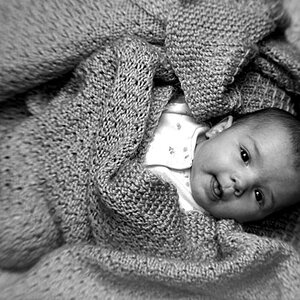
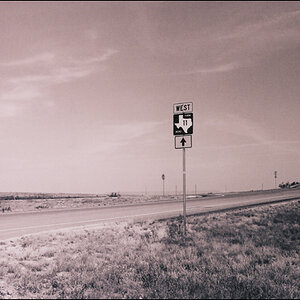
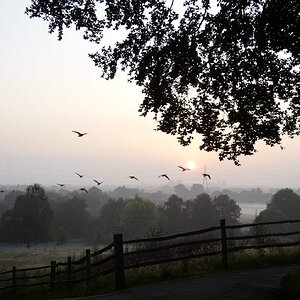

![[No title]](/data/xfmg/thumbnail/35/35865-5006be46d328277e5a956fa323782d97.jpg?1619737192)
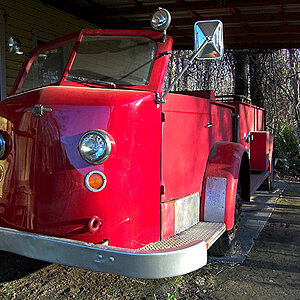
![[No title]](/data/xfmg/thumbnail/35/35867-0c74c728d92f908264af585fd93bd36c.jpg?1619737194)
![[No title]](/data/xfmg/thumbnail/41/41934-5071025280901954ee561590003df10e.jpg?1619739947)
![[No title]](/data/xfmg/thumbnail/34/34039-a3bf38301d5ee5f8b658c43a86558500.jpg?1619736250)
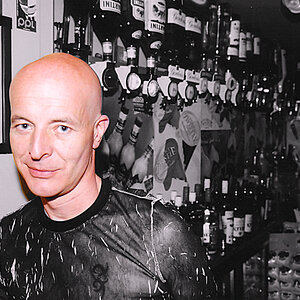
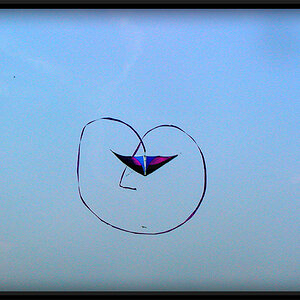
![[No title]](/data/xfmg/thumbnail/41/41936-6640bf1c1d4b16a38584d756ef285c5e.jpg?1619739947)